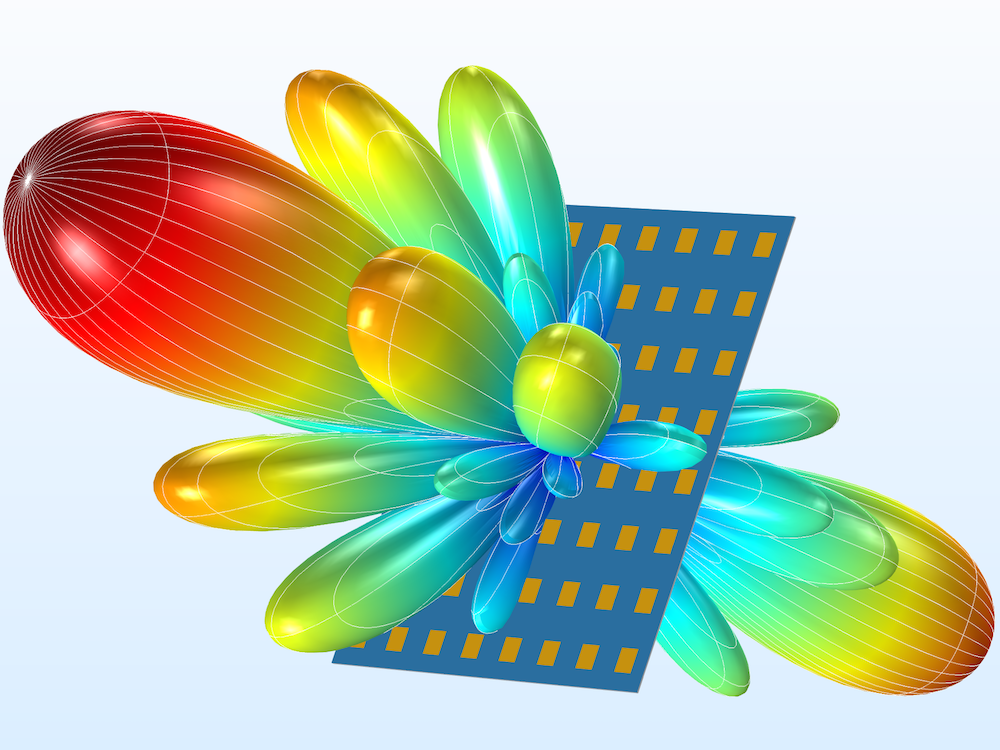

As an FDTD package, it will be a lot more memory heavy than a FEM or MoM simulator, but RAM is cheap these days. OpenEMS is a free FDTD (Finite Difference Time Domain) simulator suitable for a wide range of computational EM problems. There's definitely a demand for a modern 3D CAD type frontend, if anyone's looking for a weekend project. There are a few graphical interfaces available (4NEC2 is the most popular free one) but they are all pretty old.

It's a command line program that takes a text file input, where each line of text represents an 80 column punched card in a card stack. It was originally written in the 1970s at Lawrence Livermore National Lab, so the interface leaves much to be desired.

A quick summary of the options that *are* free: NEC-2 is a public domain Method-of-Moments (MoM) simulator suitable mainly for wire antennas and some planar antennas which do not rely on dielectric structures (so no patch antenna simulations). It's getting to the point where I'm seriously considering writing my own FDTD engine. The results simulation are fundamental for fabrication antenna arrays along with high directivity, gain and radiation patterns.Quote from: Kelbit on January 23, 2016, 09:10:25 am I have been searching for a good free 3D field simulator for a while. In addition antennas achieved during design represent a compact and simple antenna in shape and they have an expected parameter value. The results in this work indicate that the best value of return loss (S11) to (-33.225) dB which is recorded for TMSA as well as Voltage Standing Wave Ratio (VSWR) is equal to (1.044) whereas, the measurement values of bandwidth, gain, efficiency and directivity have been recorded in RMSA, which are (0.967) GHz, (6.63) dB, (90), and (7.09)dB, respectively. The results of simulation, reveals that the optimized dimensions of the patch which resonate at (28 GHz). For this purpose a copper patch with substrate named a Rogers RT5880 which has (Ɛr=2.2) and (δ=0.009) is used as a dielectric material between the patch and ground plan. The procedure is done with the help of CST Computer Simulation Technology microwave studio version -20 as well as MATLAB version -19a. This paper proposed as a new of compact microstrip antennas operating at (28GHz), which is used for 5G-wireless communication device.


 0 kommentar(er)
0 kommentar(er)
